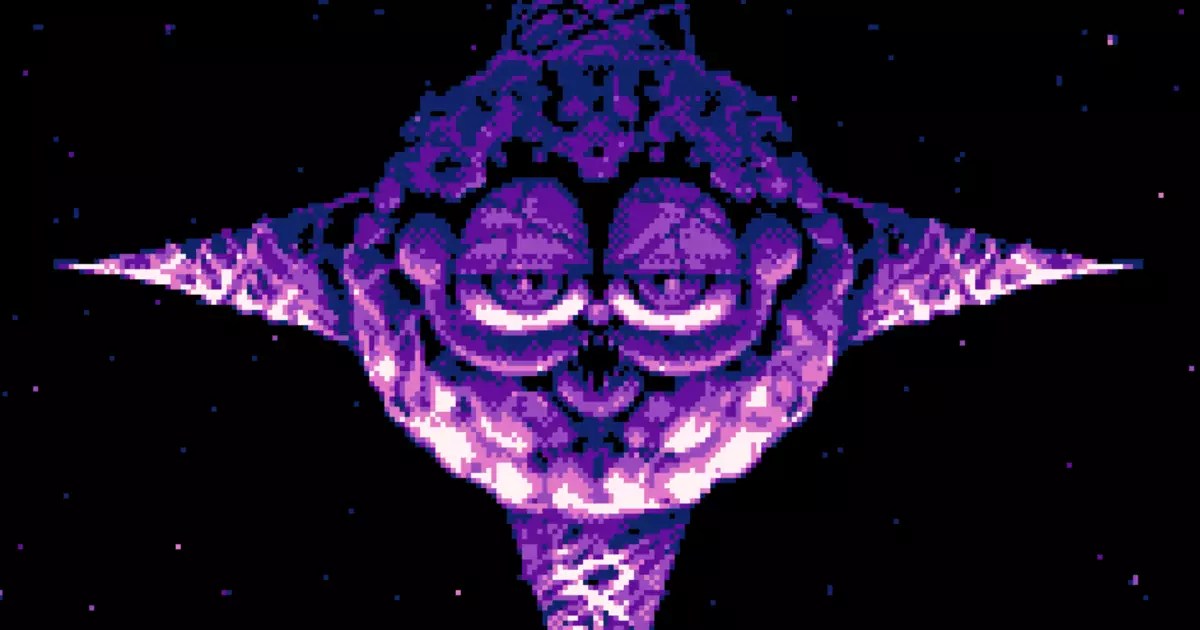The beloved lasagna-loving cat, Garfield, has undergone an unexpected transformation from comic strip star to meme sensation. This evolution speaks not only to the character’s enduring popularity but also to the creative ways in which fan culture can reinterpret established icons. For many, the last tangible encounter with the original Garfield comic strips might be decades in the past. Yet, the advent of the internet has revived interest in this once-simple character, morphing him into something far more complex and bizarre.
One of the most intriguing turns in Garfield’s legacy is the emergence of Gorefield, a reinterpretation that morphs the character into a grotesque, Lovecraftian entity. This version, spawned primarily from meme culture, depicts Garfield as a cosmic horror rather than the mischievous feline we once knew. Image adaptations showcase a variety of manifestations: from centipede-like iterations to creatures with serpentine necks, all demanding lasagna with an almost eldritch quality. Such images echo a blend of nostalgia and horror, presenting a character that resonates on multiple levels—both humorous and unsettling.
Amid this landscape of memes and grotesqueries, innovative fan creations continue to emerge, such as Gar-Type, a fangame that offers a more interactive experience. Developed by YouTuber and pixel artist LumpyTouch, Gar-Type allows players to pilots Jon Starbuckle in a space battle against the monstrous version of Garfield. The simplistic gameplay demands quick reflexes to dodge enemies while collecting power-ups, which adds a layer of excitement. It cleverly intertwines nostalgia with modern gaming mechanics, inviting players to engage actively with a beloved character that has now firmly crossed into the realm of absurdity.
It’s fascinating to see how nostalgia serves as both a fuel and a barrier in creative reinterpretations. While nostalgic feelings can draw players back to original content, the shift towards the surreal Gorefield reflects a broader cultural trend in which familiar characters are liberally reimagined for contemporary tastes. The striking visuals and catchy chiptune soundtrack of Gar-Type elevate the experience, showcasing how far a simple pun can go when backed by a talented team of creators.
The transformation of Garfield into Gorefield ultimately poses interesting questions about the nature of cultural icons and fan interpretations. What happens when a character once defined by humor and light-hearted mischief transitions into entities that inspire both fear and fascination? The Gorefield phenomenon illustrates the dual nature of the internet as a tool for both preserving and reinventing nostalgia. It invites ongoing conversations about how we relate to characters that were once integral to our childhood identities.
The legacy of Garfield continues to evolve in unexpected ways. From comic strips to cosmic horrors, the journey of this lasagna-loving cat underscores the deep and multifaceted relationship between nostalgia and modern meme culture. Whether through games, art, or online memes, Garfield—and his grotesque counterpart, Gorefield—proves that reinvention can keep a beloved character alive in the hearts and minds of fans for generations to come.


Leave a Reply